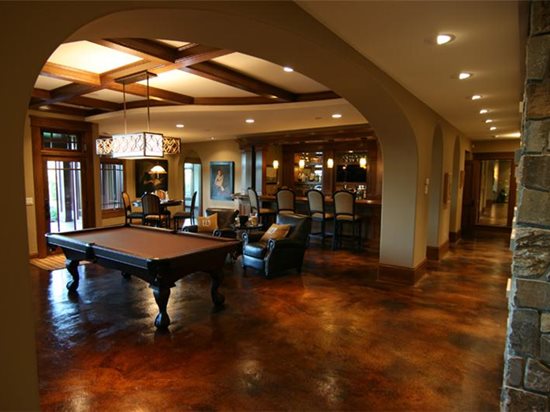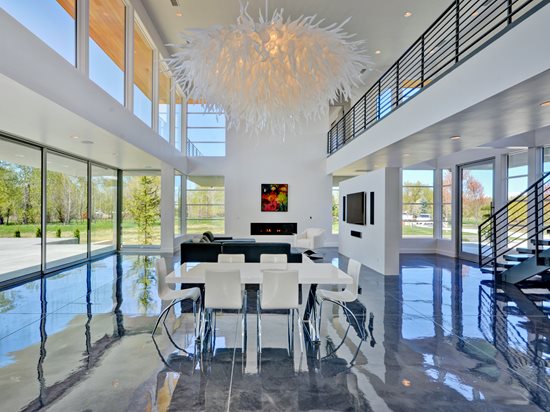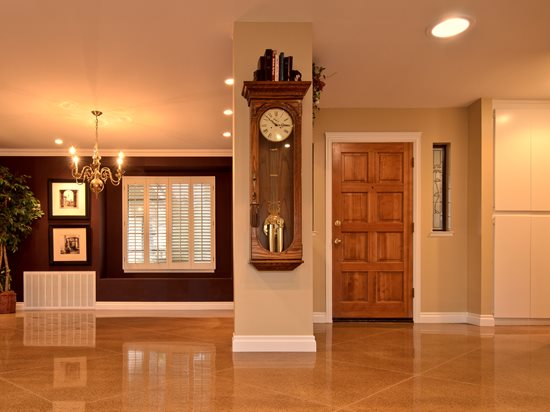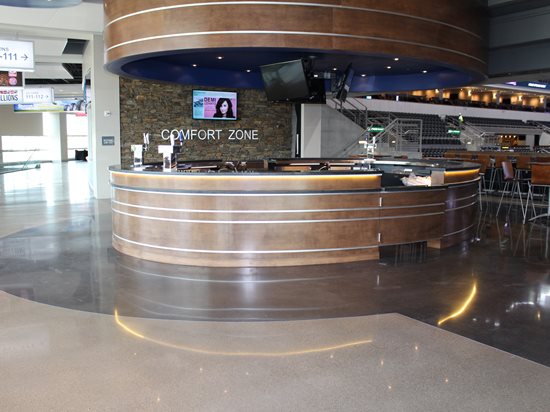
West Hills, CA
If you think concrete flooring only belongs in basements, garages, and commercial spaces, you might be surprised that more and more people are using concrete throughout their homes as a contemporary, easy-care alternative to wood, tile, or carpet.
Find concrete flooring contractors near me.
With its low maintenance, durability, and endless customization options, concrete flooring offers the perfect balance of aesthetics and functionality. It can be stained nearly any color, given a variety of textures and finishes, or polished to a sleek, high-gloss shine. Plus, concrete is long-lasting and environmentally friendly, making it one of the most sustainable flooring options available. But before you consider installing a decorative concrete floor in your own home, you should learn more about the pros and cons to determine if it’s right for your lifestyle, design tastes, and budget.
Popular Resources
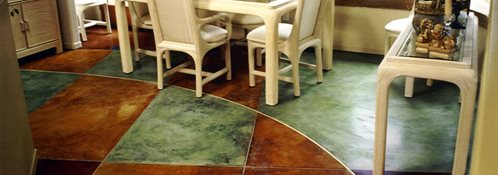
Concrete Floor Pictures
Browse hundreds of concrete floor photos in kitchens, living rooms, business lobbies and more.
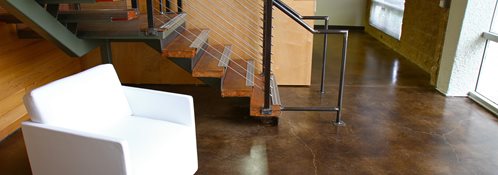
Concrete Floor Cost
Find out average prices and what design features contribute to the cost of concrete flooring.
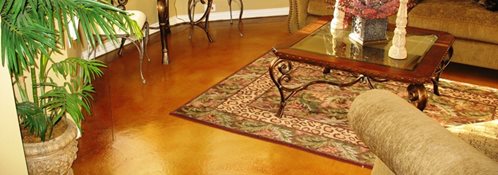
Concrete Floor FAQs
Get answers to common questions about the comfort and maintenance of concrete floors.
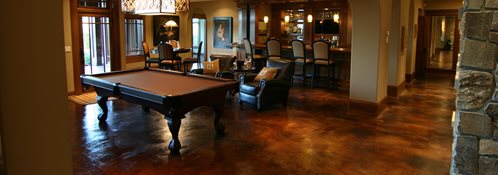
Cleaning Concrete Floors
Get flooring care tips, cleaning guidelines and advice for fixing flaws and discoloration.
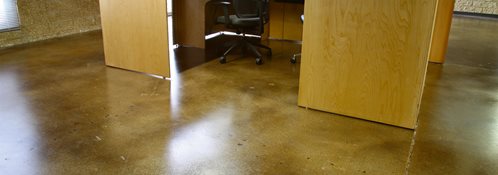
Stained Floors
Get professional tips and design ideas for using stains to enhance your flooring.
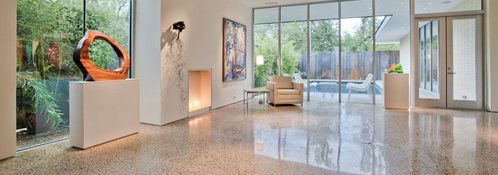
Polished Concrete
Learn how polishing produces concrete with a high-gloss finish that never needs waxing.
